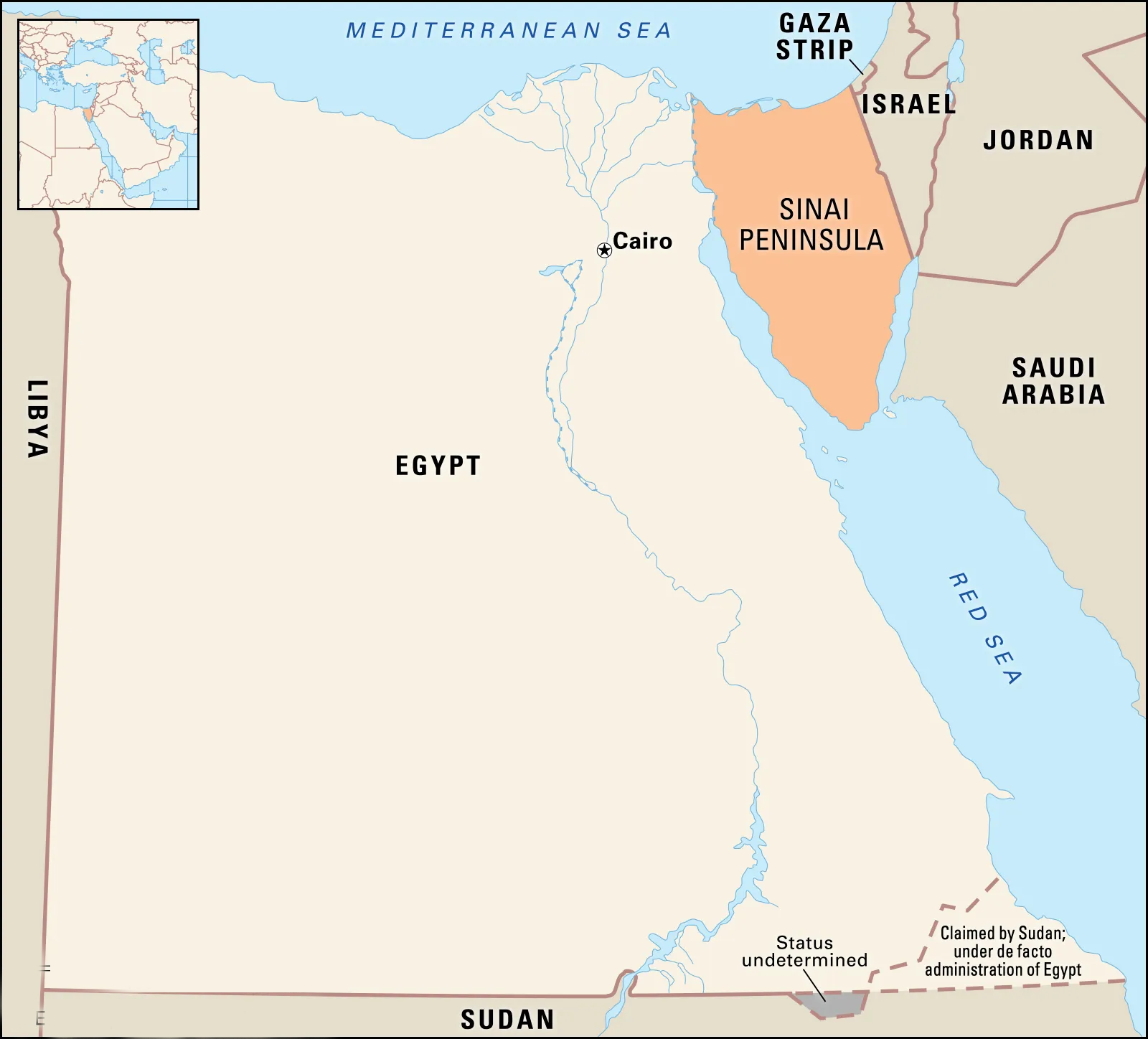Important Facts For Prelims
Proposed Hypotheses on the Parting of the Red Sea
- 03 Jan 2024
- 2 min read
Why in News?
The story of parting the Red Sea for the Hebrews to escape from Egypt is seen as a miracle in the Book of Exodus. But now, some researchers have looked at this story in a different way, explaining it using some meteorological phenomenons.
What are the Recent Meteorological Hypotheses Related to Parting of the Red Sea?
- The researchers proposes 4 potential meteorological phenomena that could have temporarily parted the waters of the Red Sea:
- Medicane: These hurricane-like storms in the Mediterranean can cause extreme negative storm surges, pushing coastal waters back and exposing landmasses.
- The researchers note Hurricane Irma's effect on Florida's coastline as a similar example.
- Wind Setdown: Sustained high-speed winds could temporarily expose raised reefs in the Gulf of Suez, facilitating a passage.
- The Bible mentions an "east wind" during the Exodus, which aligns with this phenomenon.
- Tidal Resonance: When external forces like strong winds coincide with a location's natural tidal patterns, it can result in unusually low tides and expose large areas of seabed.
- The Bay of Fundy on the US-Canada border in the North Atlantic is a prominent example of this phenomenon.
- Rossby Waves: These large-scale waves in oceans and atmosphere, caused by Earth's rotation, can shift water masses.
- Their occurrence in the Red Sea could have temporarily created a shallow or dry pathway for the Israelites.
- Napoleon Bonaparte's historical account during his Egyptian campaign also mentioned crossing the Red Sea amidst tidal changes.
- Medicane: These hurricane-like storms in the Mediterranean can cause extreme negative storm surges, pushing coastal waters back and exposing landmasses.
- However, the study's conclusions are limited by the uncertainties of ancient geography and climate, as well as the inherent challenges of modeling complex natural phenomena. Further research and archaeological work are needed to strengthen the evidence.







